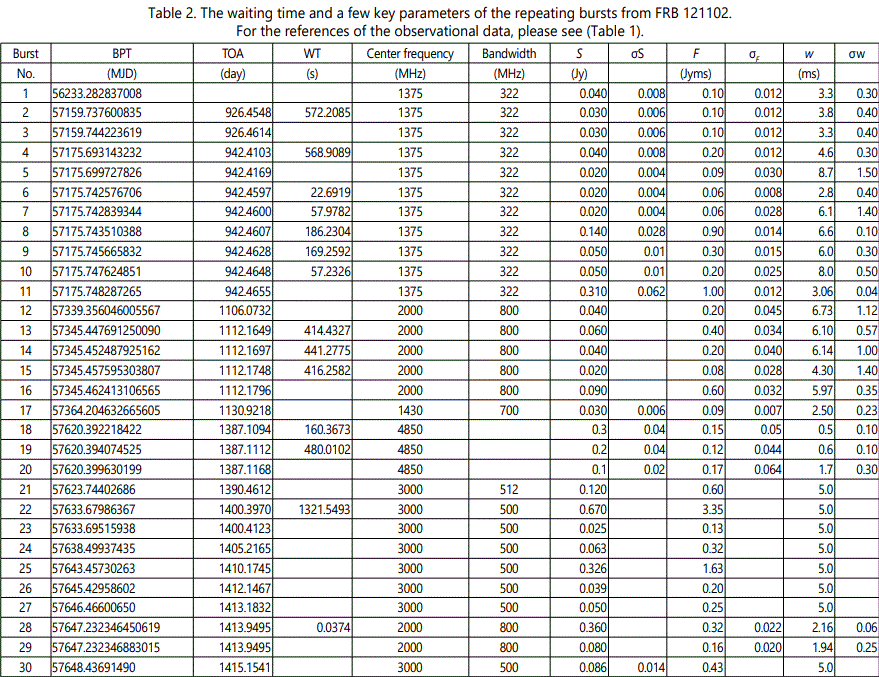

In addition, the emission is also spread in frequency space. For example, if the diameter of the CO disk is assumed to be 5 arcsec, and you observe with ALMA at an angular resolution of 0.5 arcsec, the total CO flux is spread over (5”/0.5”) 2=100 ALMA beams. you must provide the peak flux density of the source estimated within one synthesised ALMA beam. In the OT, the fluxes must be entered in Jy/beam, i.e. In the case that the CO(1-0) emission is not only spectrally resolved, but also spatially resolved by ALMA, one needs to take into account that only a fraction of the total integrated flux density is seen in every spatial resolution element. Note that the value that you enter for the desired sensitivity is independent of the velocity resolution that is chosen. The on-source observing time will increase accordingly.
#Peak flux density full#
On the other hand, if you need many spectral resolution elements over the full velocity width in order to measure the spectral profile in detail, you want to select (for example) 5 km/s as Bandwidth used for sensitivity. In that case enter 70 km/s in the Bandwidth used for sensitivity field in the Control and Performance tab, and the Desired sensitivity per pointing should be 20 mJy for a 5 sigma detection. If you are only interested in detecting the line and not measure the profile shape in detail, a velocity resolution of ~70 km/s may be sufficient. Detecting this line at 5 sigma requires an rms noise level (sensitivity) of 20 mJy. If the line shape is approximately boxcar-shaped, this implies that the peak flux density of the line is 0.1 Jy. From previous observations we know that the total velocity width of the CO profile is 200 km/s and the integral flux density 20 Jy km/s. Let us first assume that the proposed ALMA observations will not spatially resolve the galaxy. Suppose you want to observe the CO(1-0) line in a galaxy for which the integrated CO(1-0) line flux density is known from previous observations, or estimated based on simulations etc.


 0 kommentar(er)
0 kommentar(er)
